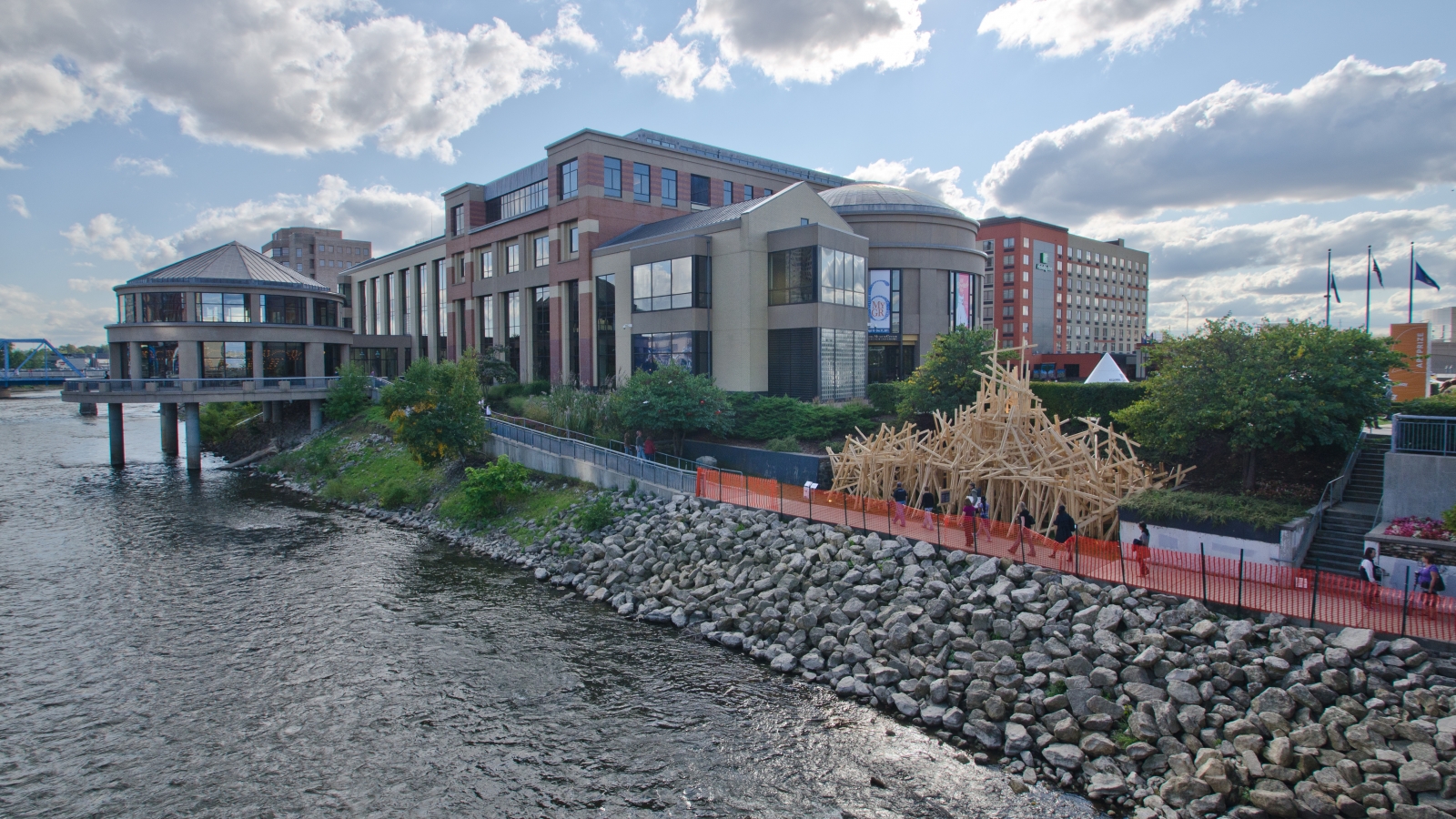
SB Friedman was engaged by the City of Grand Rapids to update its downtown Business Improvement District (BID) to reflect changes that had occurred in the overall function of the downtown since its inception during the 1970s. Twenty years earlier, the focus of the downtown was on retail. At the time of the study, retailing was minimal and cultural, entertainment, institutional, educational and office space have increased their share of downtown space and activity. We were engaged by the City to help redefine the goals and objectives of the BID and redesign its boundaries, services and assessment formula to reflect these changes.
Based upon recent development trends and interviews with key stake holders in the community, we determined that the overall goal of the revised business improvement district should be to create and maintain a desirable and attractive downtown environment in which to live, work, meet, learn, and socialize. We also proposed expanding the boundaries of the service district to include the entire downtown area, rather than just the retail mall, and creating sub-areas to reflect different development characteristics and service needs.
We then assisted the City in creating a menu of services and a service budget for each of the sub-areas within the revised BID area. We worked closely with the City to create a data base of all the properties and then tested different assessment formulas and variations related to the inclusion of different areas and types of properties. The impacts were tested on different types of properties in the downtown and analyzed in terms of costs per square foot of building or per parking space. The impacts were evaluated by comparison to other operating costs of buildings.
The organizing committee and the Downtown Development Authority asked us to provide further assistance by developing a detailed presentation of the need, benefits, and impacts of a potential BID. For this element, Christine Burdick, former director of two BIDs and a national expert joined our team. She added a national perspective on the use of BIDs to the presentation.
Our final report summarized our analysis and recommended a multi-part formula that included land area, front footage, building square footage, and parking area as elements of land or interests in land as required by Michigan law. The report took care to address not only the issues of fairness and sensibility in the application of the formula, but also the specific requirements of Michigan law with regard to the appropriate basis of special assessments as to receipt of special benefits.
Results: The City Commission has approved the revised downtown improvement district, and the first special assessment bill has been issued using our proposed special assessment formula.